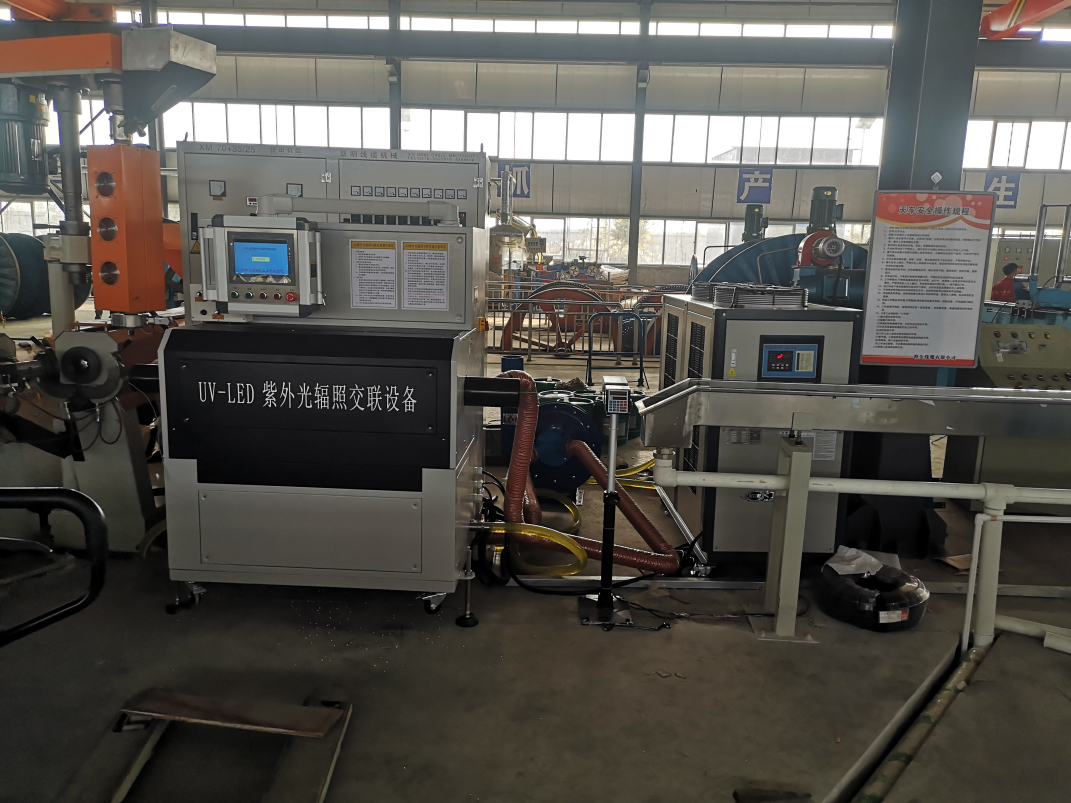Exporters of Equipment for Measuring Conductor Resistance in Electrical Applications
The Importance of Conductor Resistance Measurement Equipment and Its Export
In the realm of electrical engineering, the efficiency and reliability of electrical systems are paramount. One crucial aspect of maintaining these systems is the measurement of conductor resistance. Conductor resistance measurement equipment plays a significant role in ensuring that electrical connections are functioning optimally. This article explores the importance of this equipment, its applications, and the dynamics surrounding its export.
Understanding Conductor Resistance
Conductor resistance refers to the opposition to the flow of electric current in a conductor, which can result from various factors like the material's properties, temperature, length, and cross-sectional area. High resistance in conductors can lead to significant energy loss, overheating, and even system failures. Therefore, accurately measuring this resistance is essential for ensuring the longevity and efficiency of electrical systems.
The Role of Conductor Resistance Measurement Equipment
Conductor resistance measurement equipment, often referred to as micro-ohmmeters or low-resistance ohmmeters, is designed to provide precise measurements of low resistance values, typically in the milliohm range. These devices use various techniques, such as the four-wire measurement method, to eliminate the impact of lead and contact resistance, thereby ensuring accurate readings.
Regular testing of conductor resistance helps in identifying potential issues before they escalate. For instance, conducting routine maintenance checks can help in determining the integrity of electrical connections and in pinpointing any fault in grounding systems. This is particularly critical in industries like power generation, telecommunications, and transportation, where reliable electrical connections are essential.
Applications of Conductor Resistance Measurement Equipment
1. Power Utilities Utility companies employ conductor resistance measurement devices to assess the resistance of electrical cables and connections in substations. This ensures that power distribution remains efficient and minimizes the risks of outages caused by faulty connections.
2. Telecommunications In the telecommunications sector, maintaining low resistance in signal transmission lines is vital for optimal performance. Measurement equipment is used to test and verify these connections, significantly affecting signal clarity and reliability.
conductor resistance measurement equipment exporters

3. Industrial Applications Manufacturing facilities utilize conductor resistance measurements to ensure that motors, generators, and other electrical equipment are operating within safe resistance values. This is crucial for preventing overheating and enhancing the operational lifespan of machinery.
4. Research and Development Laboratories and research institutions also use this equipment for experimental setups where precise electrical characteristics are critical for research findings.
Exporting Conductor Resistance Measurement Equipment
The global demand for conductor resistance measurement devices has been growing due to the increasing focus on energy efficiency and reliability in electrical systems. Countries with advanced manufacturing capabilities, such as the United States, Germany, Japan, and South Korea, are prominent exporters of this equipment. Their devices are often sought after for their advanced features, reliability, and calibration accuracy.
Exporting such specialized equipment involves compliance with international standards and regulations. Exporters must ensure that their products meet safety and performance standards set by organizations like the International Electrotechnical Commission (IEC) and Underwriters Laboratories (UL). Moreover, understanding the market dynamics in the target countries, such as existing competition, pricing strategies, and customer preferences, plays a pivotal role in successful exports.
Challenges in the Export Market
While the export market for conductor resistance measurement devices is promising, it is not without challenges. One significant hurdle is navigating the regulatory landscape of different countries. Each country may have its standards and regulations, making it imperative for exporters to stay informed and adaptable.
Another challenge involves technological advancements. As electrical systems evolve, so too must the measurement equipment. Exporters need to invest in research and development to stay ahead of competitors and meet the changing needs of consumers.
Conclusion
Conductor resistance measurement equipment is crucial for maintaining the efficacy and reliability of electrical systems across various industries. Its importance cannot be overstated, as accurate measurements help prevent failures and optimize performance. As the global demand for reliable electrical infrastructure continues to grow, the opportunity for exporting this specialized equipment expands. However, success in this market will depend on understanding regulations, technological advancements, and the specific needs of international customers. Embracing these challenges will enable exporters to thrive in an evolving landscape while contributing to the broader goals of energy efficiency and reliability in electrical systems globally.
-
Why the Conductor Resistance Constant Temperature Measurement Machine Redefines Precision
NewsJun.20,2025
-
Reliable Testing Starts Here: Why the High Insulation Resistance Measuring Instrument Is a Must-Have
NewsJun.20,2025
-
Flexible Cable Flexing Test Equipment: The Precision Standard for Cable Durability and Performance Testing
NewsJun.20,2025
-
Digital Measurement Projector: Precision Visualization for Modern Manufacturing
NewsJun.20,2025
-
Computer Control Electronic Tensile Tester: Precision and Power for the Modern Metal Industry
NewsJun.20,2025
-
Cable Spark Tester: Your Ultimate Insulation Assurance for Wire and Cable Testing
NewsJun.20,2025
 Copyright © 2025 Hebei Fangyuan Instrument & Equipment Co.,Ltd. All Rights Reserved. Sitemap | Privacy Policy
Copyright © 2025 Hebei Fangyuan Instrument & Equipment Co.,Ltd. All Rights Reserved. Sitemap | Privacy Policy
